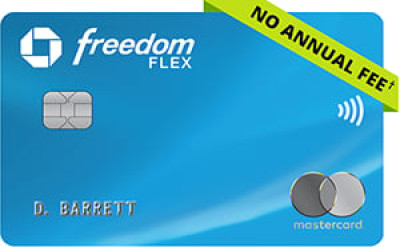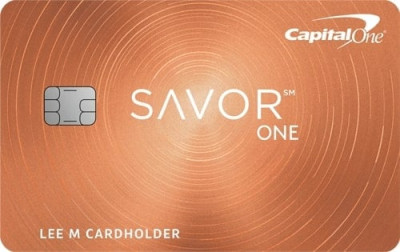Cash back cards
Cash back credit cards offer rewards based on your spending. Depending on your expenditure patterns, you can earn cash back ranging from 1 percent to as much as 6 percent on various categories such as everyday essentials and travel.
The top cash back credit cards also provide money-saving features to help you combat the impact of rising inflation. In addition to earning cash back on significant spending categories, many cash back cards offer generous welcome bonuses, consumer protections, and introductory APR offers. These introductory offers provide an interest-free period for a certain duration, allowing you to pay off purchases or manage your debt without incurring interest charges. Explore the best cash back credit card deals from our partners listed below.
Best Cash back cards offers

The Chase Freedom Flex℠, while technically a cash-back card, offers an impressive 5% rewards rate for travel booked through Chase. This feature makes it a versatile and valuable option for travelers.
Pros and cons

The Capital One SavorOne Student Cash Rewards Credit Card stands out among student cards with its combination of triple rewards in popular categories and a $0 annual fee.
Pros and cons
FAQ
How do cash-back credit cards work?
Do cash-back cards actually give you cash?
Types of cash-back credit cards
Cash-back credit cards typically fall into three basic types, each with its own approach to accumulating cash rewards:
- Flat Rate:These cards offer a fixed percentage of cash back on all purchases, regardless of the spending category.
- Tiered: Tiered cards provide higher cash-back rates in specific spending categories, like groceries or gas, while offering a standard 1% on other purchases.
- Rotating Categories: These cards feature rotating bonus categories with a high cash-back rate, often 5%, that changes periodically, usually every three months.
Understanding these types helps consumers choose a cash-back credit card aligned with their spending habits and preferences.
Common cash-back bonus categories
Cash-back credit cards often offer higher rewards rates for specific types of purchases, typically based on where the card is used rather than the specific items bought. This feature is common for all rewards cards except flat-rate cards. Here are some common bonus categories:
Supermarkets:
- Applies to various items purchased at supermarkets, including groceries, cleaning supplies, toiletries, and prepared meals.
- Gift cards for restaurants or retailers bought at supermarkets often count as supermarket purchases.
- Exclusions may apply to warehouse clubs and superstores like Target and Walmart.
Restaurants:
- Encompasses a wide range of dining options, from fast-food restaurants and pizza delivery to upscale fine dining.
- The entire restaurant bill, including tips, usually qualifies for accelerated rewards.
Gas Stations:
- Typically, covers purchases at traditional gasoline service stations (e.g., Mobil, Shell) and may extend to items bought at the associated convenience store.
- Exclusions may apply to gas stations affiliated with supermarkets or warehouse clubs.
It's important to align your card choice with your regular spending habits, focusing on bonus categories where you consistently spend the most money. Other potential bonus categories include entertainment, drugstores, home improvement stores, wholesale clubs, mobile wallet purchases, and rotating categories that designate specific retailers for bonus rewards during certain quarters. Card issuers determine the eligibility of a purchase for higher rewards based on the retailer's merchant category code, reflecting the merchant's primary business.
What's the highest-paying cash-back card?
Choosing the best cash-back credit card depends on your individual spending patterns. If you spend more on dining out than on groceries, a card offering 3% cash back at restaurants might be more beneficial than one offering 6% at supermarkets. It's essential to align the card's bonus categories with your regular expenses to maximize your cash-back rewards.